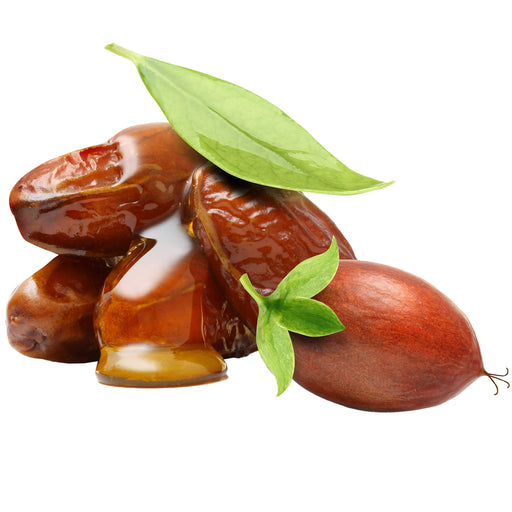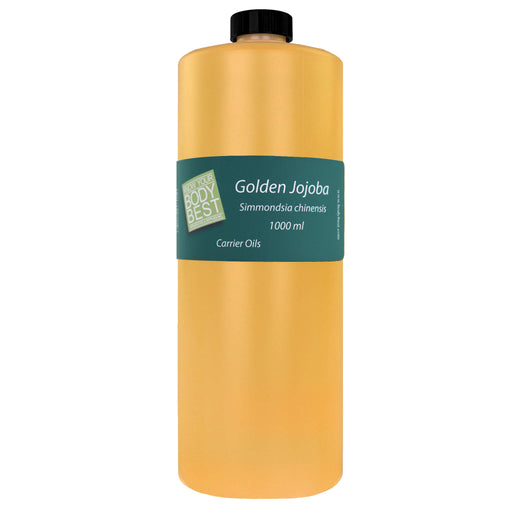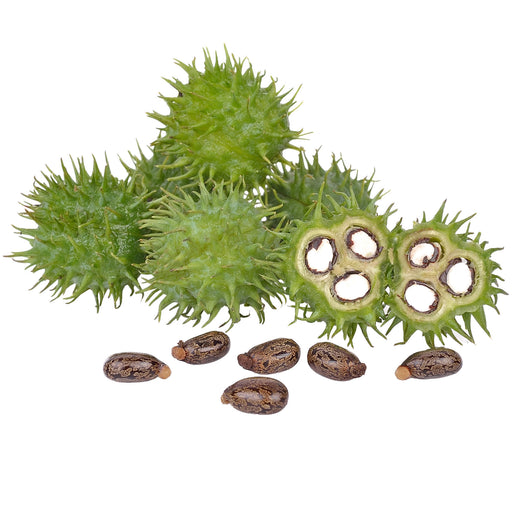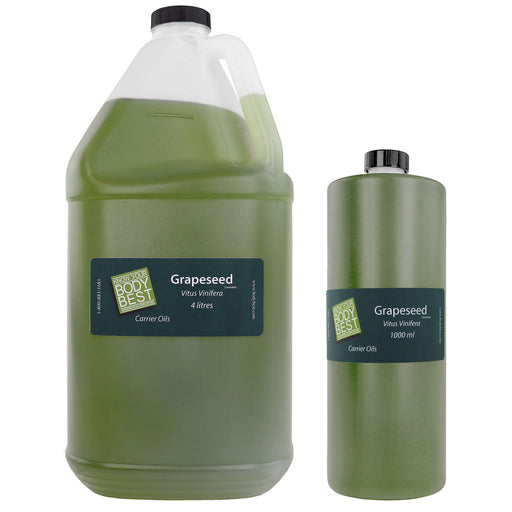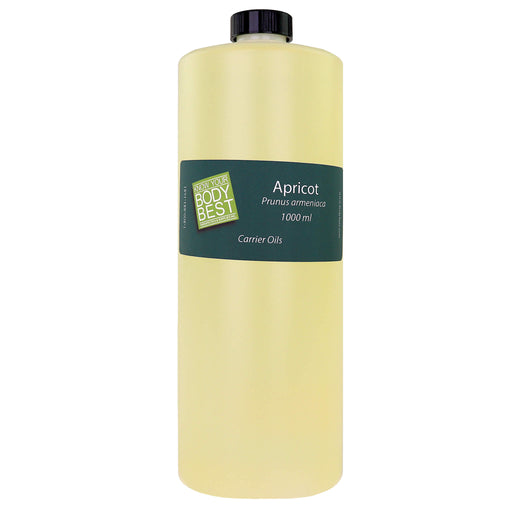over $250.00

Decoding Disinfectants: Make an Informed Decision
Choosing the Right Disinfectants for Your Clinic or Spa
Maintaining a clean and safe clinic or spa is essential for protecting both clients and staff. With so many disinfecting products on the market claiming to eliminate 99.99% of bacteria and viruses, it can be challenging for massage therapists, physiotherapists, and wellness professionals to select the right solution.
This guide will help you understand the different types of disinfectants, what to look for when choosing a product, and best practices for sanitizing surfaces in your professional space.
Common Types of Disinfectants
The active ingredient in a disinfectant determines its effectiveness, while additional ingredients support its performance. Here are the most widely used types in clinics and spas:
- Alcohol: Effective for disinfecting wet surfaces but evaporates quickly. Additional ingredients help maintain the wet contact time needed to kill bacteria and viruses. Alcohol-based disinfectants are flammable and should be handled with care.
- Aldehydes: Highly effective at high concentrations and require longer contact time. Some bacteria can develop resistance, and surfaces may have a slightly greasy residue.
- Chlorine: Fast-acting and effective, especially for disinfecting bodily fluids. However, it is corrosive and may damage surfaces or irritate skin if misused.
- Hydrogen Peroxide: Often mixed with other ingredients for sufficient sanitizing power. High concentrations can be hazardous.
- Phenols: Corrosive and toxic, phenols must be disposed of properly but are effective for disinfecting surfaces in professional settings.
- Quaternary Ammonium Compounds (Quats): Broad-spectrum disinfectants commonly used in hospitals and clinics. Quats are cost-effective and disinfect quickly, making them ideal for high-traffic wellness environments.
Key Factors When Choosing a Disinfectant
Not every disinfectant is suitable for every clinic, spa, or physiotherapy space. Consider these factors when choosing products for your facility:
- Effectiveness against the bacteria and viruses you need to eliminate
- Kill time (how long the surface needs to remain wet to be fully sanitized)
- Safety and precautions for staff and clients
- Ease of use and compatibility with different surfaces
Effectiveness
Disinfectants are not universally effective against all microbes. For example, if you are focused on antiviral protection for COVID-19, select disinfectants with proven antiviral properties. Massage therapists and physiotherapists can reference Health Canada’s database of effective disinfectants using the product’s DIN or name to confirm suitability for clinical use.
Kill Time and Ease of Use
Proper sanitizing requires that surfaces remain wet for the disinfectant’s specified kill time. Some disinfectants require up to 10 minutes, which may be impractical in busy spas or physiotherapy clinics. Fast-acting disinfectants allow you to clean and sanitize surfaces efficiently between clients, keeping your workflow smooth and hygienic.
Safe Handling and Environmental Considerations
Harsh disinfectants may be effective but can pose risks to staff and clients. Exposure to toxic chemicals may cause skin irritation or respiratory issues. For general clinic and spa use, consider safer alternatives such as PREempt® and Benefect® disinfectants. These products are effective at sanitizing surfaces while being safer for chemically sensitive environments and environmentally friendly.
Maintaining a Clean and Safe Clinic or Spa
Consistent cleaning procedures are critical for any clinic or spa to keep surfaces disinfected and safe for clients and staff:
- Encourage staff and clients to wear PPE, such as disposable masks, especially during close contact.
- Clean showers, toilets, and high-touch surfaces daily with effective disinfectants.
- Spray disinfectant on handles, faucets, and equipment after each use.
- Use single-use sheets or launder cloths after each client. Wear gloves when handling soiled linens and wash hands immediately afterward. Wash fabrics at 60°C with a bleach-based detergent for proper sanitation.
By selecting effective disinfectants and following proper sanitizing procedures, you can maintain a safe, clean, and welcoming environment for all clients in your spa, clinic, or physiotherapy practice.
Explore our range of professional disinfectants designed for massage therapists, physiotherapists, and wellness professionals to keep your clinic surfaces clean, safe, and fully sanitized: Shop Clinic-Approved Disinfectants.
Featured collection
-
Original price $14.99 - Original price $124.99$14.99 - $124.99$14.99
Lowest Price per ml: $36.66
$9.99 - $109.99$9.99 - $109.99Current priceCurrent Price: $29.99
Price Per ml: $29.99
$9.99BodyBest Fractionated Coconut Massage Oil
BodyBestIn stockBenefits of BodyBest Fractionated Coconut Massage Oil Elevate your massage experience with our house-branded Fractionated Coconut Massage Oil, a pr...
View full detailsOriginal price $14.99 - Original price $124.99$14.99 - $124.99$14.99Lowest Price per ml: $36.66
$9.99 - $109.99$9.99 - $109.99Current priceCurrent Price: $29.99
Price Per ml: $29.99
$9.99Save up to 12% -
$0.00 - $0.00$0.00
Lowest Price per ml: $0.06
$14.99 - $59.99$14.99 - $59.99Current priceCurrent Price: $14.99
Price Per ml: $0.14
$14.99Golden Jojoba Oil
BodyBestOut of stockProfessional Golden Jojoba Oil for Clinical & Therapeutic Practice Golden Jojoba Oil is a professional-grade massage and treatment oil formulat...
View full details$0.00 - $0.00$0.00Lowest Price per ml: $0.06
$14.99 - $59.99$14.99 - $59.99Current priceCurrent Price: $14.99
Price Per ml: $0.14
$14.99Sold out -
$0.00 - $0.00$0.00
Lowest Price per ml: $0.03
$11.99 - $29.99$11.99 - $29.99Current priceCurrent Price: $11.99
Price Per ml: $0.04
$11.99Castor Oil
BodyBestIn stockProfessional Castor Oil for Targeted Therapeutic & Wellness Applications Castor Oil is a high-viscosity, professional-grade oil formulated for ...
View full details$0.00 - $0.00$0.00Lowest Price per ml: $0.03
$11.99 - $29.99$11.99 - $29.99Current priceCurrent Price: $11.99
Price Per ml: $0.04
$11.99 -
$0.00 - $0.00$0.00
Lowest Price per ml: $0.02
$29.99 - $99.99$29.99 - $99.99Current priceCurrent Price: $29.99
Price Per ml: $0.02
$29.99Grapeseed Oil
BodyBestOut of stockUses and Benefits of Grape seed Oil Grape seed oil has anti-inflammatory and antimicrobial properties. In addition, the oil is rich in omega chain ...
View full details$0.00 - $0.00$0.00Lowest Price per ml: $0.02
$29.99 - $99.99$29.99 - $99.99Current priceCurrent Price: $29.99
Price Per ml: $0.02
$29.99Sold out -
$0.00 - $0.00$0.00$29.99$29.99 - $29.99Current price$29.99
Apricot Oil Cold Pressed 1L
BodyBestOut of stockProfessional Cold-Pressed Apricot Oil for Massage & Body Treatments Cold-Pressed Apricot Oil is a lightweight, professional-grade massage oil f...
View full details$0.00 - $0.00$0.00$29.99$29.99 - $29.99Current price$29.99Sold out


